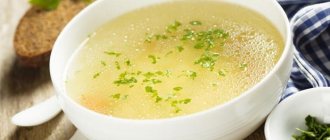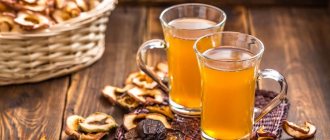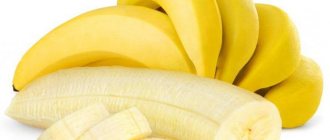The benefits of applesauce for children
The choice of applesauce is now varied. You can buy complementary feeding products in the store, or you can make applesauce for your baby from fresh apples with your own hands. It is prepared both for quick consumption and for vitamin preparations for the winter.
Important! Pediatricians warn that applesauce tastes best to infants, so it should be introduced into complementary foods after vegetable dishes. The baby, having become accustomed to tasty food, rejects vegetables and cereals.
Composition and nutritional value
In terms of the presence of vitamins and minerals, apples compare favorably with other fruits. They are popular with mothers who care about the health and proper nutrition of their children. Nutritionists advise introducing them into the diet of all newborns, since the fruits are rich in vitamins A, B, C. They contain antioxidants to strengthen the immune system, contain a large percentage of iron necessary to increase hemoglobin, as well as potassium and calcium, which are involved in the formation of the skeleton.
How to make applesauce for babies
Traditionally, the baby is first treated to puree from one apple; over time, you can mix it with other fruits. To prepare such a dish for a baby with your own hands, just peel and seeds the fruit and grind it in any convenient way: on the smallest grater, in a blender or meat grinder.
Sometimes pediatricians recommend starting not with a fresh apple, but with a baked one, then it is first cooked in the oven (the same can be done in a frying pan or in a saucepan, stewing the fruit cut into slices for a few minutes). In this case, the product has a less active effect on the intestines, which means it cannot cause a sharp negative reaction from the body.
If you are preparing puree from sour varieties, then pediatricians do not object to adding half a teaspoon of sugar to the dish. But it is worth remembering that such a dose will only be tiny for you; for a newborn this is already a rather serious portion of sweets, which will cause a jump in blood glucose. Instead of sugar, it is recommended to add sweeter fruits - bananas, pears, carrots, pumpkin. They are also introduced quite early (from 6 months), if there is no allergy to red foods.
How to choose the right apples in the store
Cauliflower puree for babies - recipe
Choosing the right apples to puree at home is not difficult. The main thing is to listen to the advice of experts. Children's nutritionists believe that for a mother deciding how to make applesauce for her baby, fruits grown on her own plot are useful. If you have to buy apples in stores, then the best ones are:
- Domestic varieties are green “Simirenko”, light-skinned “White Naliv”, and sour “Antonovka”. They are rich in nutrients and very rarely cause allergies.
Important! Local apples are good because they are adapted to a particular region, but they can only be purchased during the harvest season. When stored, fruits lose vitamins, so they are used for homemade purees only when freshly picked.

Domestic varieties of apples are recommended for complementary feeding for small children.
- Imported fruits can be purchased at any time of the year, but pediatricians advise treating them very carefully, since during transportation they are treated with a chemical composition, which can be harmful to the child.
Advice. When buying apples, you don’t need to focus on appearance. Often an indicator of the naturalness and natural purity of fruits is their lack of presentation.
At what age should you give applesauce?
DIY cocoon for newborns
The first complementary foods are introduced from 5-6 months, “artificial” infants are offered additional nutrition earlier, and infants who are breastfeeding receive complementary foods later.
Despite the fact that applesauce is one of the first to be introduced, pediatricians advise offering it to children gradually, after introducing them to other products with a less pronounced taste. Therefore, it is recommended to give applesauce to a child:
- Not earlier than six months;
- After successful complementary feeding with cereals and vegetables;
- In case of constipation or other bowel disorders (as recommended by your pediatrician).
Is it suitable for first feeding?
Having a sweetish taste, applesauce is not suitable for first feeding. It is recommended to introduce apples into children's diets from approximately 6 months, after the assimilation of vegetable dishes from zucchini, carrots and potatoes. When artificially feeding, it is allowed to steam an apple for a baby from the age of five months.
Why apple
An apple is chosen not only for its taste. First of all, fruits are healthy. They contain a lot of substances necessary for the child’s normal development. Among them, it is especially worth noting:
- very rare in nature content of all B vitamins;
- the presence of iodine, iron and magnesium;
- mineral salts and fructose.
It has long been proven that the regular presence of apples in the diet allows you to:
- prevent the development of decay processes in the body, as well as stop their progression;
- normalize kidney function;
- cleanse the liver;
- remove toxins and waste;
- renew the composition of blood and lymph.
It is important! For a baby suffering from diabetes or predisposed to it, this fruit is irreplaceable. It not only allows you to avoid the use of sweet sand, but also normalizes its level in the blood.
Parents also love to use apples in children's diets. If you give at least a small piece before preparing the main course, you will be able to “warm up” the appetite, which is especially important for little “unwilling” ones.
How to make applesauce correctly
DIY crib bumpers for newborns
Preserving applesauce from fresh fruits will provide a supply of natural vitamins for the winter. A homemade product can be an alternative to ready-made puree, homogenized and adapted for the child’s body. Many young mothers want to feed their babies natural products. Recipes for making apple puree for babies can be found on children's websites.
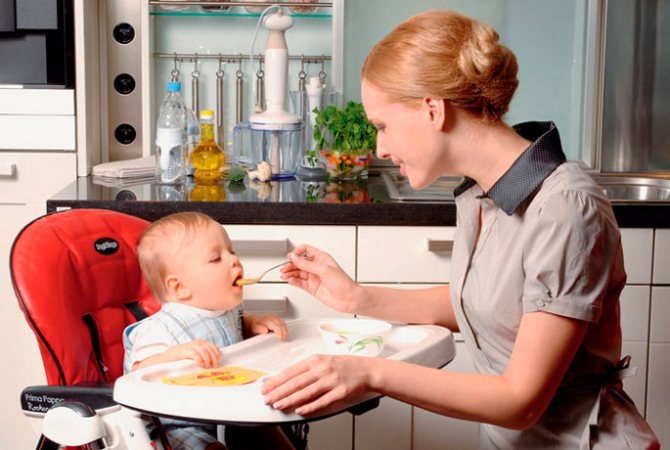
You can make healthy applesauce at home
Cooking in a blender
To prepare an apple in a blender, you need to thoroughly rinse it, scald it with boiling water and remove the skin. Having cleaned the fruit in this way, it is cut into pieces, grains and partitions are removed. Then the prepared product is crushed in a blender. For children with sensitive digestion, it is healthier to boil chopped apples in a water bath.
Advice. You should not use a meat grinder to grind the fruit, as its parts may not be sufficiently washed after the meat, and microbes will get into the fruit puree.
Important! Pediatricians warn that if a baby develops loose stools after eating a raw apple, it is necessary to switch to heat treatment. For example, it is useful to puree an apple baked in the microwave.
Applesauce recipe
If parents want to stock up on baby food from their own apples, then it is best to prepare canned puree. It is easy to make using proven recipes:
- Peel, seeds and core 1 kg of green apples, finely chop and grind in a blender.
- Place the homogeneous mass in a saucepan, add 0.5 liters of water and bring to a boil.
- Cook over low heat for twenty minutes. Nutritionists advise adding a tablespoon of sugar to the puree.
- After heat treatment, the finished product is placed in sterilized jars. Store the puree in a dark place.
If an apple is steamed for a baby, there is no need to add sugar; the fruit contains fructose to meet the baby's needs.
Advice. At home, there is no need to prepare puree for future use, since the fruit retains its valuable substances in a freshly prepared form.
Applesauce for first feeding
To prepare, follow these steps:
- We thoroughly wash the apples, remove the skin and core.
- Cut into slices.
- Place the fruits in a saucepan and add water to cover them slightly. No need to add sugar.
- Cook for 10 minutes, check for readiness, as there may be inaccuracies due to different varieties and degrees of ripeness of the fruit.
- The finished product is separated from the remaining water and crushed until a homogeneous mass is obtained.
But it’s still better to steam or bake in the oven. When steaming, we follow the same algorithm, only the cooking process takes up to 20 minutes. When baking, also set the oven temperature to 180 degrees. This way, a greater percentage of the nutrients contained in the apple will be preserved. On the other hand, when cooking, the level of acids decreases, and accordingly the risk of changes in acidity in the baby’s stomach decreases. Don't forget that we don't add sugar when cooking, as the apple has its own sweetness. In cases of consuming sour varieties, it is allowed to lightly sugar the dish.
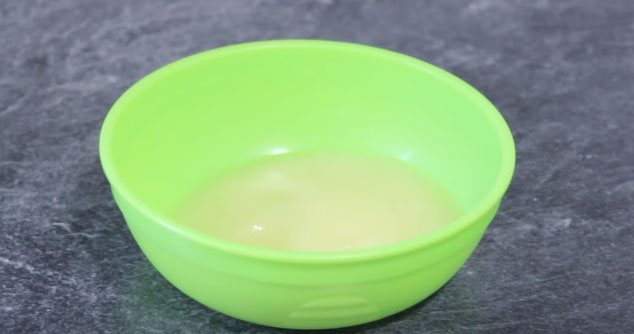
In addition, you can prepare compotes from apples. We follow the same preparation procedures, only then we use liquid, not fruit. Dried apples are also suitable for this purpose.
We add new foods to the baby’s diet to slowly prepare him for adult food, so that he can grow and develop properly. Your child will definitely like apples. Moreover, it is not only very tasty, but also healthy.
Norms of applesauce for complementary feeding by month
According to nutritional rules, at the beginning of complementary feeding, the daily portion should reach 60-65 g. When the mother is convinced that the child is absorbing the product well, the portion is gradually increased.
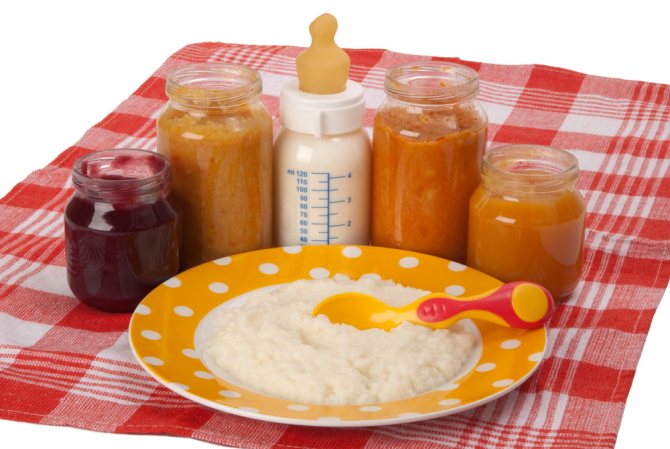
Applesauce can be offered to babies after they have tried vegetables.
How often to give applesauce
It is best to switch to fruits in baby food after the child has tried vegetables. Complementary feeding begins with a minimum portion - half a teaspoon in the first half of the day, this makes it easier to monitor the baby's reaction to a new dish.
Amount of puree by month
For mothers, a table has been compiled of the child’s daily requirement for applesauce in different months, which is useful to follow to avoid negative reactions:
- at 6 months 65 is suggested;
- at 7 months 75 g is enough;
- at 8 months the baby eats 85 g;
- From 9 months to one year, a child needs 100 g.
What can be combined with
Important! Nutritionists recommend starting your baby’s introduction to fruits with one-component fruit puree, then different fruits can be mixed.
You cannot combine an apple with exotic fruits such as mango, so as not to provoke an allergic reaction. It is more useful to choose fruits that bear fruit in the area (pears, plums, apples) to create a multi-component puree.
Possible problems when feeding applesauce
When supplementing a baby with applesauce, problems sometimes arise that worry young parents. This may include bloating, loose stools, or belching. The most negative reaction is considered to be an allergy to complementary foods. In such cases, it is recommended to immediately exclude it from the menu and consult a pediatrician.
Important! For the peace of mind of parents, it should be noted that most often reactions occur not because of a new product, but because of an incorrect selection of apples. Red and sweet varieties should not be offered to your baby.
Signs of allergies
It is believed that applesauce is well absorbed, has a positive effect on the functioning of the gastrointestinal tract and rarely causes allergies. However, research shows that some children suffer from apple allergies. This is due to the fact that the child’s immune and digestive systems have not yet been formed. Allergic reactions to apples belong to the food category, so they are characterized by common symptoms.
Parents need to know the main symptoms of reactions:
- Rashes on the skin and mucous membranes;
- Scratching the skin;
- Stomach upset;
- Abdominal pain, urge to vomit;
- Swelling in the oral cavity;
- Eye redness and watery eyes.

Properly selected and prepared apples do not cause allergic reactions in children
Apples are deservedly called the fruit of health and are considered beneficial for children, as they strengthen the immune system and are a preventive measure. Even if allergic reactions occur, you do not need to give up apples completely; later you can consume green varieties in processed form.


